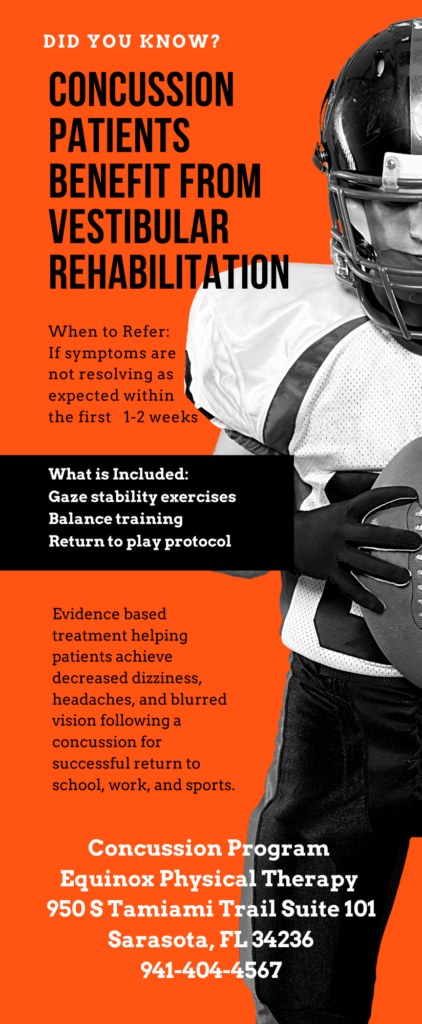Facial paralysis treatments are for people whose facial nerve is damaged and unable to send messages to the muscles of the face that create facial expressions. This problem can occur for several different reasons. Some causes include: tumor, trauma, infection, stroke, or genetic disorders.
The most common cause of facial paralysis is due to Bell Palsy. While most of the time, Bell Palsy patients recover fully, research tells us that about 20-30% have lasting weakness or paralysis.
I first started treating people with facial paralysis because I was an inner ear vestibular specialist. The vestibular system, or inner ear balance system, is innervated by cranial nerve 8 (the Vestibular Nerve). The muscles of the face used for facial expression are innervated by cranial nerve 7 (the Facial Nerve). These 2 nerves run side by side on their way to the brain in a tunnel in the bone called the Internal Auditory Canal (IAC). This is a very narrow space, with only enough room for the nerves to travel. If a tumor is growing in this small place, or an infection travels to this area, both nerves can be damaged. When facial paralysis does occur, it can take a long time for the nerve to heal. The first signs of movements of the face can be only just a flicker, but as the nerve heals, the movements can become stronger. Working with a physical therapist who has special training in treating facial paralysis can help improve the outcome for patients with this problem.
At Equinox Physical Therapy, we teach people with facial paralysis what to expect while they are recovering, how to do stretches to ease pain and tightness in the face, how to retrain the muscles to move in a symmetrical way with the unaffected side of the face, and how to manage a condition called synkinesis. Synkinesis is a condition that can occur when the facial nerve is healing and nerve branches go to unintended muscles. The result is that the patient has difficulty isolating movements in separate regions of the face. (For example, when a person smiles, their eye closes.) Like any field, it is important to stay up to date with the standard of care for treating these problems. Twenty years ago when I first went to physical therapy school, we were taught facial paralysis treatments that included the use of electric stimulation to treat the facial muscles. We now know that this is not such a good idea, as it is thought that it can promote synkinesis… I hope this information helps you to understand more about facial paralysis, and what to expect when working with a therapist who specializes in this condition.
Roy Lichtenstein, Painting entitled Face (green nose), 1986




